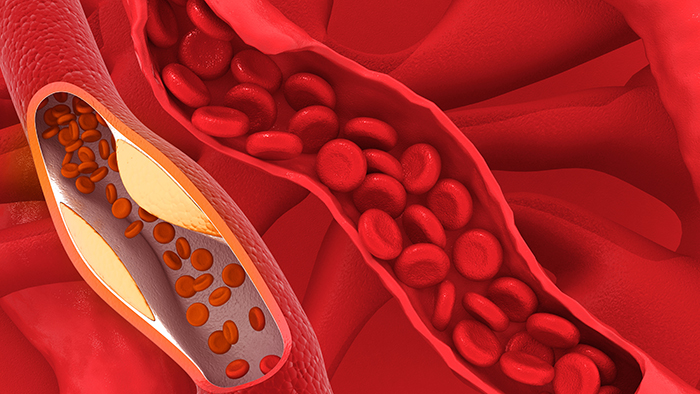Dr. Pavan Gupta from Prairie Cardiovascular explains how coronary artery disease develops over time and shares essential prevention strategies for this leading global cause of death.
Coronary Artery Disease
At Prairie Cardiovascular, we specialize in advanced coronary artery disease care. Our expert cardiologists deliver personalized treatments to protect your heart and help you maintain an active, vibrant lifestyle.

What is Coronary Artery Disease?
Coronary Artery Disease (CAD), also known as coronary heart disease or ischemic heart disease, is a condition in which the coronary arteries (the blood vessels that supply the heart muscle with oxygen and nutrients) become narrowed or blocked.
The primary cause of CAD is atherosclerosis, where fatty deposits (cholesterol, cellular waste, calcium) accumulate on the inner walls of the coronary arteries, forming plaques. Over time, these plaques can harden and narrow the arteries, restricting blood flow.
The plaques can also rupture, leading to the formation of blood clots that can completely block the artery, resulting in a heart attack (also known as myocardial infarction).
Several lifestyle factors and health conditions contribute to the development of CAD:
- High blood pressure (hypertension).
- High cholesterol.
- Smoking.
- Diabetes.
- Family history / genetics.
- Obesity.
- Physical inactivity.
- Unhealthy diet.
- Aging: The risk of developing vascular disease increases with age.
Understanding Coronary Artery Disease
Symptoms of Coronary Artery Disease
Patients with chronic CAD can develop chest pain or discomfort (known as angina), which is the most common symptom of CAD. Angina can occur with physical exertion, emotional stress, or even at rest, depending on the severity of the artery blockage.
Other symptoms include fatigue and shortness of breath (especially during activity).
If a coronary artery becomes completely blocked, it can cause a heart attack, which usually manifests a variety of symptoms including:
- lightheadedness or fainting
- nausea or vomiting
- pain in the back, neck, jaw, or arms
- severe chest pain or discomfort
- sweating
Management of Coronary Artery Disease
Coronary artery disease is a serious condition that can lead to heart attacks, heart failure, and other complications if left untreated.
Early diagnosis, lifestyle changes and drug therapy can help manage the disease and prevent severe outcomes.
When these approaches are insufficient, interventional cardiologists at Prairie Cardiovascular use specialized catheter-based techniques to open the disease coronary artery, offering patients less invasive options with quicker recovery and better outcomes compared to traditional surgery. These procedures are performed in the cardiac catheterization laboratory (cath lab).
However, in some patients with severe CAD, surgery may be needed to bypass blocked coronary arteries. This involves using a healthy blood vessel from another part of the body to reroute blood around the blockage.
Procedures performed by interventional cardiologists and cardiac surgeons for patients with CAD and heart attacks include:
- Cardiac catheterization and coronary angiograms.
- Percutaneous coronary intervention (PCI), which involves balloon angioplasty to open narrowed arteries, often followed by stent placement to keep the artery open.
- Emergency and rescue procedures for cardiogenic shock, such as insertion of mechanical heart pumps and intra-aortic balloon pumps
- Coronary artery bypass grafting (CABG) surgery.
